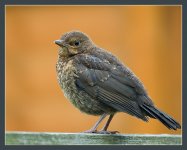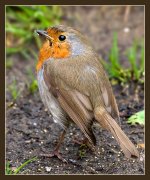Cristian Mihai
Cristian Mihai
My intention is to buy a SLR camera: Olympus E510 or 520. But I have no idea about the lens. I know a few things about Zuiko Digital ED 70-300mm f4.0-5.6, but (I supose) there are (many) other options. Please help me to decide what lens to buy. For birding, of course.
Thank you,
Cristian
Thank you,
Cristian






